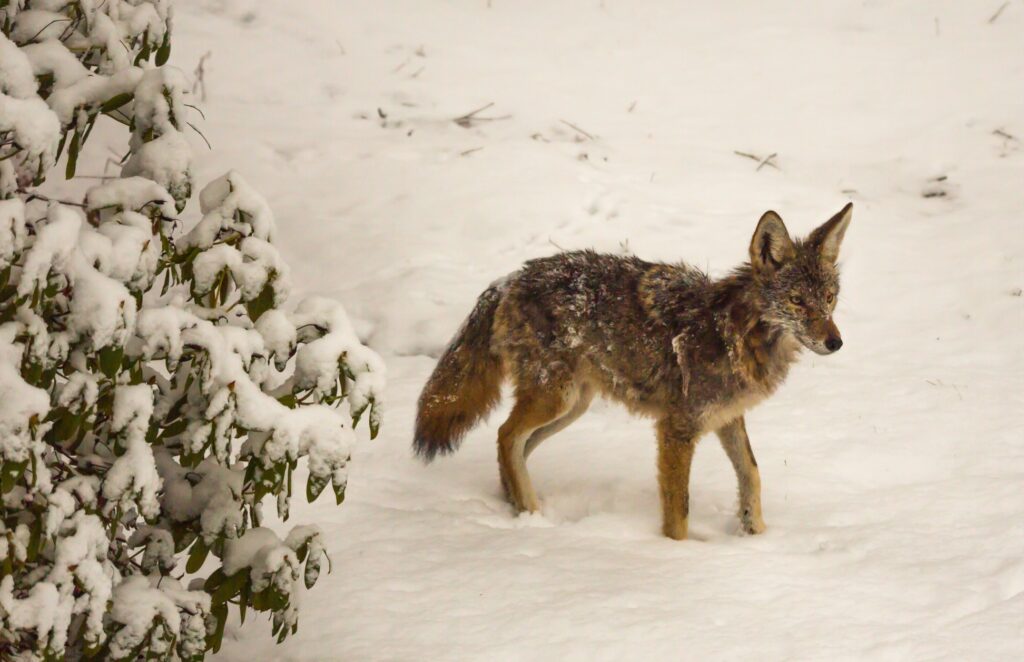 When Are Coyotes Most Active and Aggressive?
When Are Coyotes Most Active and Aggressive?
Coyotes have often been depicted as cunning, sly characters that are untrustworthy. Unfortunately, public perception of these wild animals has not changed much with the connotations of coyotes remaining largely negative. But is it justified?
Coyotes are a species of canine native to the United States where they naturally inhabit the vast areas of deserts, mountains, and forests. However, due to increased human expansion into their native habitats, coyotes have had to learn how to navigate these new suburban terrains. They are intelligent animals that know how to adapt to different environments with ease and skill. It has become common to spot coyotes in major cities, even being seen in New York City.
Unlike their close relatives, the wolf, coyotes are solitary animals but when hunting large prey, such as deer, they can choose to work as a pack. Coyotes are nocturnal animals (meaning they sleep in the day and are most active at night) that come out to hunt at night. Though, it is not uncommon to see them scavenging for food during daylight hours.
Are Coyotes More Active in Winter?
As winter closes in, coyotes become more active during the day in their search for food. They will also travel together more in the winter than they do in the summer months.
Despite what you would assume, coyotes are not purely carnivores but rather omnivores with 10% of their diet being made up from non-meat sources. They are unfussy animals that will happily eat a variety of things such as fish, frogs, rodents, and larger prey like deer. Snakes, grass, fruit, and insects are also on the menu.
However, when food sources are scarce, coyotes will happily turn to scavenging for any source of food in suburban and urban areas of cities and in small towns. They are known to get into garbage and dig in trash cans to pull out any leftovers.
What Month Do Coyotes Mate and Have Pups?
Coyotes start mating from mid-January. The breeding season for coyotes is in the spring months, peaking in late February and early March. The gestation period is 58 to 63 days on average. Spring marks the start for females to begin preparing their dens for new pups. A mom coyote awaits her pups to be born somewhere between mid-March to mid-May.
Are Coyotes More Dangerous During Their Mating Season?
Coyotes can become more dangerous during their breeding season as the males will want to protect their territory from other males. Also, female coyotes will protect their pups and make sure they are not seen by any predators, thus they can get dangerous in some circumstances.
During this time of year, coyotes will pose a major risk to smaller pets, and the risk increases even more during their mating season.
When Are Coyotes Most Aggressive?
As coyotes populations continue to expand at a steady rate, human encounters have become more frequent. Even with this, attacks on humans are rare and highly unlikely.
Like most wild animals, coyotes have no desire for conflict with humans. They would prefer to avoid us and get on with their lives interruption-free. They are of very little risk to you or your family if the right precautions are put in place. But coyotes are more of a risk to family pets than humans.
There are a few simple ways to avoid conflict with coyotes. Firstly, do not under any circumstances feed them. This leads to overconfidence in these animals as they lose their natural fear of humans. Even leaving garbage and pet food where coyotes can have easy access is considered feeding.
Next is to fence your yard and ensure that your pets are not roaming loose. While coyotes can jump fences, if they are built high enough they will deter the predators.
Final Words,
More and more coyotes have been observed living in developed areas and often, people are unknowingly in close contact with them each day. These wild animals are watching and learning from humans who influence their behavior. Coyotes also play a vital role in the ecosystem by providing a great deal of rodent control, and if we respect them, they will do the same in return.
One option that might be used as a compromise in lessening coyote conflicts with humans is to humanely trap them and then relocate them to a distant site.
If you need help to deter coyotes from your property, contact Westchester Wildlife. We are an experienced wildlife control company serving Westchester, Dutchess, Putnam Counties, NY, and Fairfield County, CT.
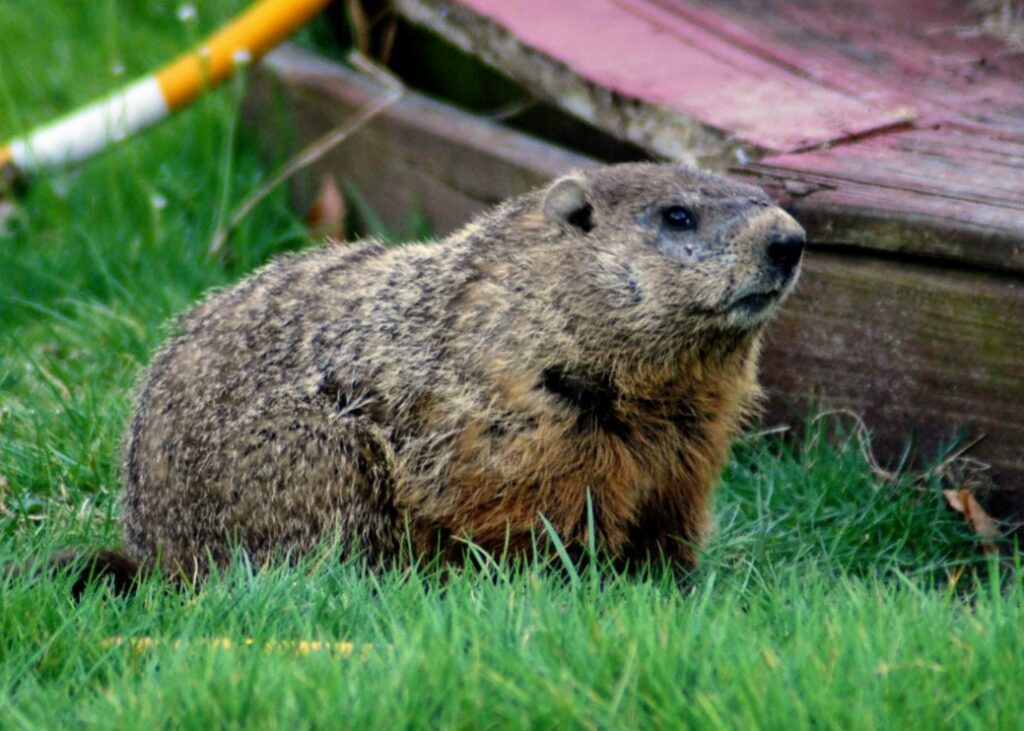 Do Groundhogs Burrow Under a House and Can They Damage It?
Do Groundhogs Burrow Under a House and Can They Damage It?
Groundhogs, also known as woodchucks, are a large species of rodents. These wild animals are only found in North America, and can live as far south as Alabama and have lived as far north as Alaska.
They are referred to as “edge dwellers” and prefer to live in areas such as woodlands and forests in winter and fall, and in open fields, grasslands, and suburban backyards in summer and spring. It is rare that a groundhog will move more than 0.5 miles from its burrow.
However, as urbanization is affecting the natural habitats of wildlife, including groundhogs, these animals made our towns and cities their home. They are getting more adapted to urban settings, are less and less frightened of humans and keep burrowing even when humans are around.
Do Groundhogs Live in the Ground?
As the name would suggest, groundhogs live inside the ground. Their holes lead to the underground burrows that they call home. This is where they spend most of their time. Groundhogs use these tunnels as a place to stay safe from predators, and as an ideal place for hibernation and raising their kits.
Are Groundhogs Problematic?
Just like other rodents, the groundhog’s teeth never stop growing. Their two chisel-shaped, long incisors can grow up to 1/16th of an inch per week. To keep these teeth at a reasonable length, groundhogs need to consume a large volume of food to wear their teeth down.
However, this isn’t usually the main problem for homeowners. The primary nuisance concern in regards to groundhogs involves their tendency to dig.
Groundhogs have muscular bodies, powerful short legs, and sharp claws which enables them to dig deep burrows. They accomplish building their burrows extremely well, and this is why they are sometimes called the “underground architects”.
If you want to learn more about what exactly attracts groundhogs to your yard and what damage they can cause, check out our blog post.
What Do Groundhog Holes Look Like?
All groundhog burrows are laid out in practically the same way. Typically, these burrows will have one and sometimes two main entrances with up to six exits. These entrances look like large crescent-shaped mounds of excavated soil and dirt that’s placed right outside the entrance hole. A groundhog hole will appear roughly ten to twelve inches in diameter. The burrow also has one up to four secondary entrances.
The burrows can reach up to 50 feet in length but tend to be no deeper than 6 feet. When a groundhog starts building its burrow, it digs inward for several feet, and then it inclines the tunnel upward for a few more feet. After that, it will continue digging horizontally for another 15 to 25 feet.
These burrows are extensive, with numerous chambers used separately as a latrine as well as for sleeping, hibernating, and nesting.
Can Groundhogs Damage Your Property?
Groundhogs are definitely something that homeowners need to worry about. Their tunneling systems might lead to significant damage to your property.
These animals are able to dig and move a great amount of dirt, and when this activity happens near a house structure, for example under a concrete deck or a patio, the absence of supporting dirt might cause a vulnerable foundation that is prone to cracking.
They feel safe building homes under or around houses as the structure provides overhead stability for them. However, due to the tunneling nature of groundhog burrows, water damage and erosion can become a serious issue for the homeowner.
With rainy weather, these tunnels can fill with water and lead to water flowing directly underneath the house. This can lead to issues with the foundation, i.e. disruption of the existing water balance, and drainage problems during severe weather conditions.
You may find increased moisture in the basement which can, in turn, lead to mold developing throughout the building. The water-logged tunnels can cause the soil to become eroded, which may lead to the entire failure of the house’s foundation.
Due to their powerful teeth and big appetites, groundhogs can also do damage to crops and plants in your garden. For this reason, you may want to get rid of this wildlife before your garden gets destroyed.
Final Words,
Fortunately, there are ways that a homeowner can deter groundhogs from their property. The only thing that’s effective is to humanly trap and release the wildlife further away. DIY groundhog control methods are proven to not be working most of the time. Thus, your best option is to hire an experienced wildlife control company.
Contact Westchester Wildlife for more information on humane trapping and removal of groundhogs from your property. We offer our services in Westchester, Dutchess, Putnam Counties, NY, and in Fairfield County, CT.
Rattlesnake
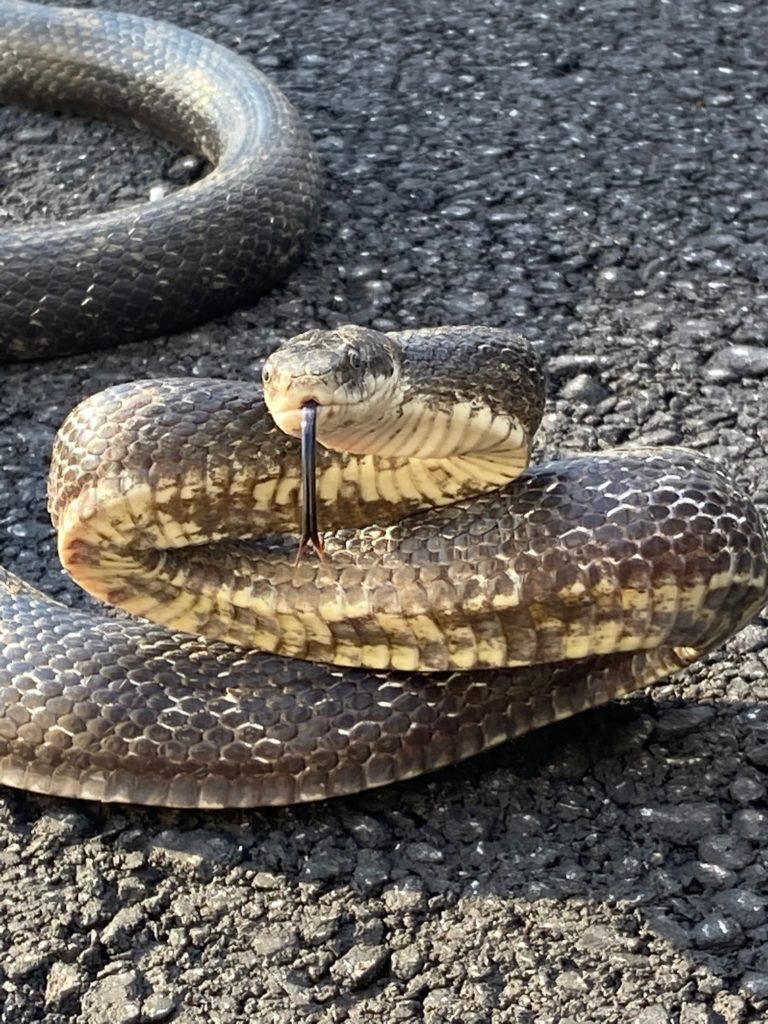
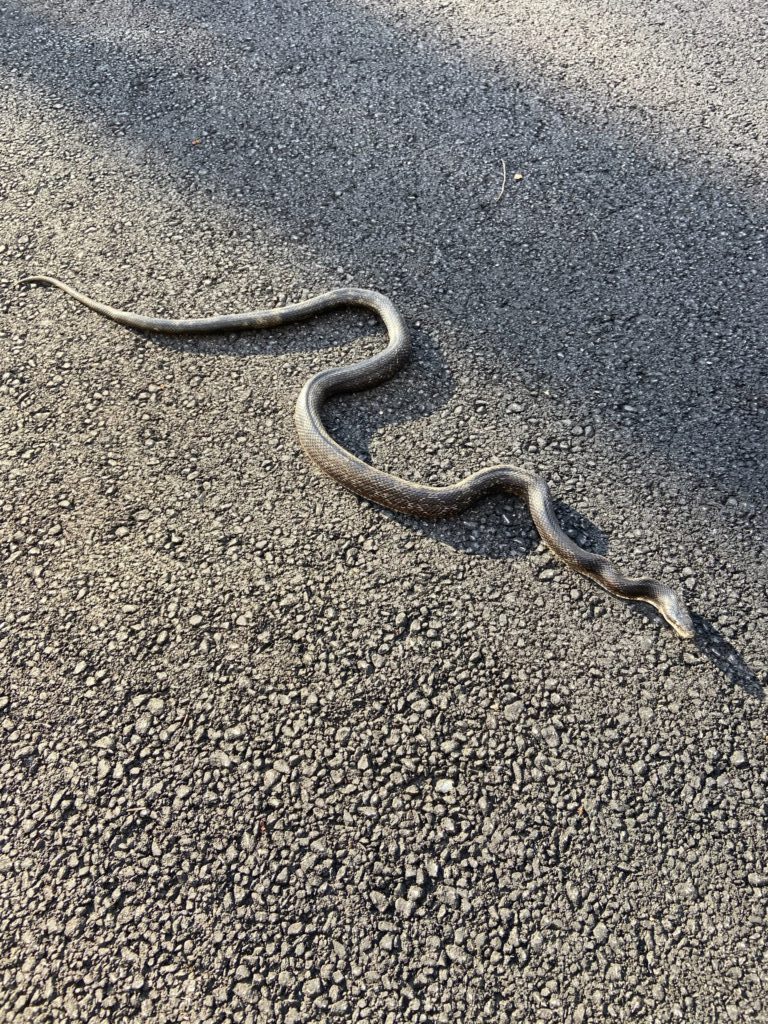
Ok, this is definitely not something you want too close to you! These pictures were taken by Westchester Wildlife LLC during a Rattlesnake removal.
Rattlesnakes are poisonous and considered very dangerous. If you notice one getting too comfortable around your home, Westchester Wildlife LLC has the experience to remove these snakes with ease.
Honey Bee Removal
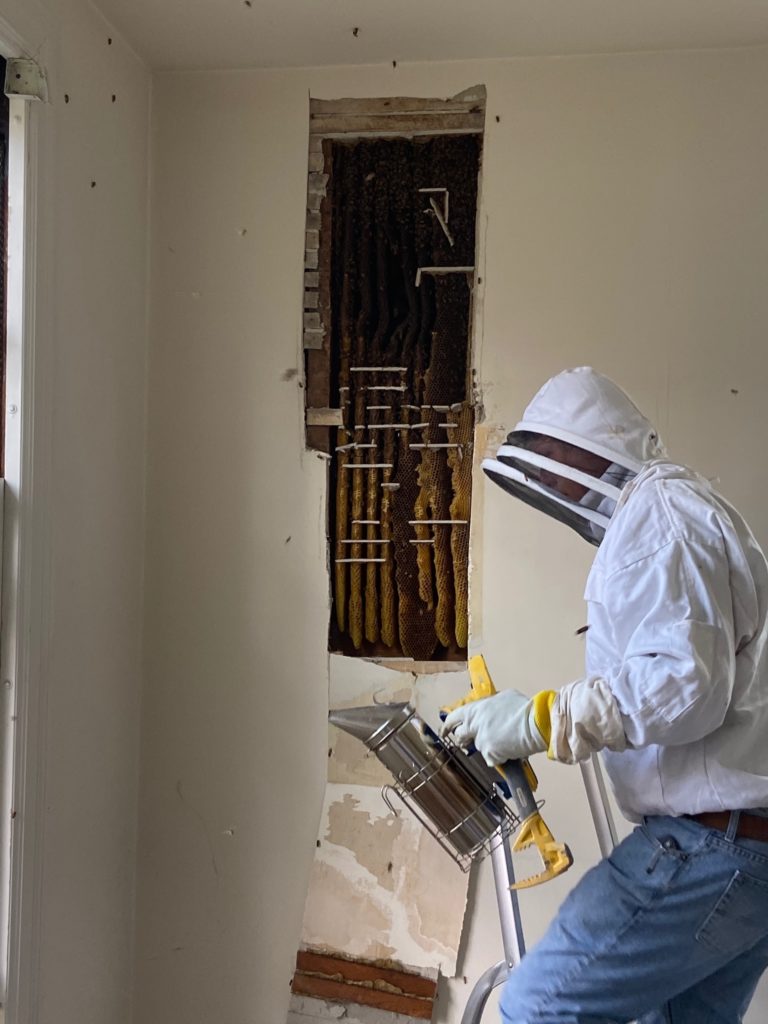
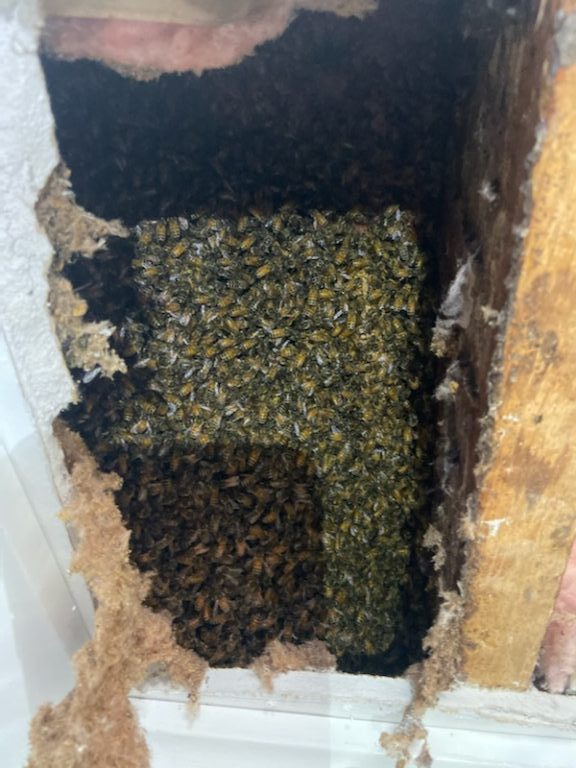
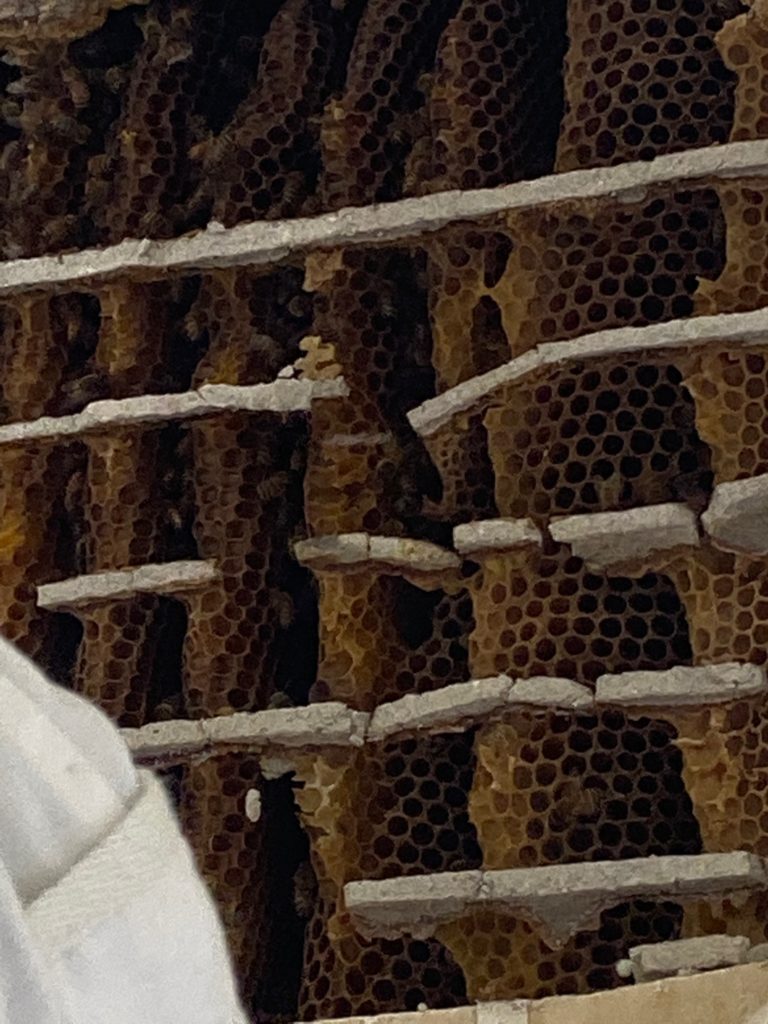
Honey bees are an incredible insect. Being a favorite of ours, Jim Dreisacker has kept honey bees and extracted honey for health food stores and local markets long before it became another pest for Westchester Wildlife LLC to remove.
They are are better kept outside of your home, of course but when bees are desperate they find a way to make your wall a suitable hive! (See photos)
As a protected species and a very important insect for our environment, we use a special vacuum to remove and relocate the bees safely.
Eastern Mole
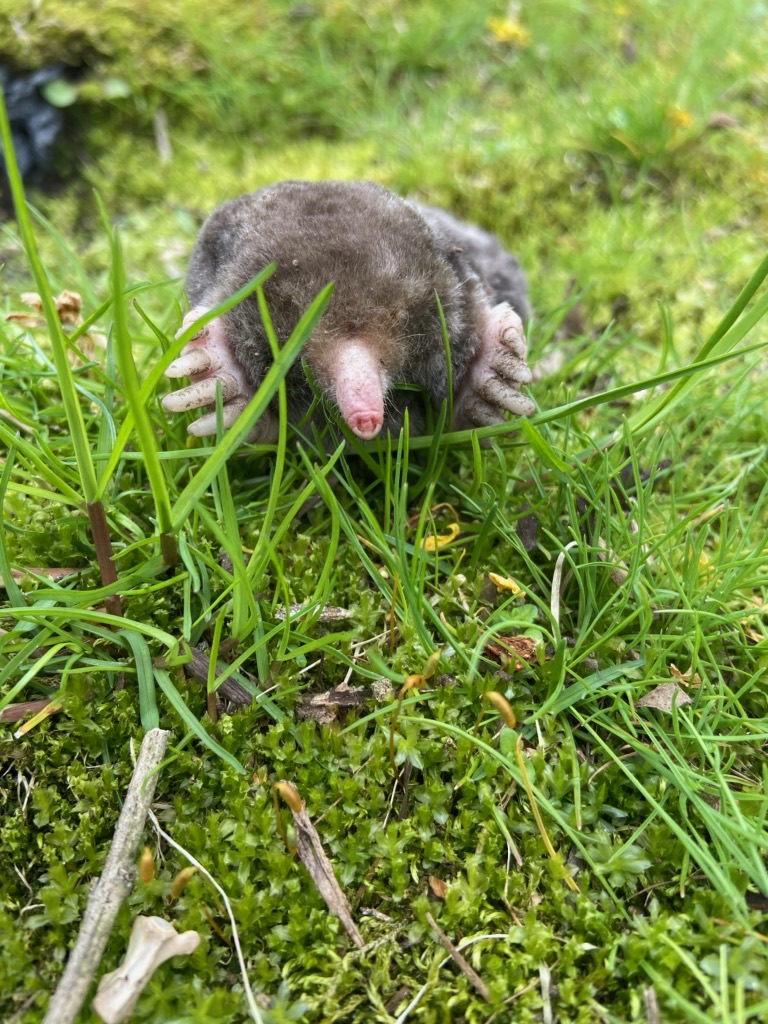
While you may never see these critters, you will most likely recognize their work.
Moles dig small tunnels underground that gently push up the grass above ground. Your shoe may sink in to one of these soft spots before you notice they’ve dug tunnels across the entire lawn.
One mole can tunnel an average of 20 yards per day. Each mole measures approximately 6 inches in length, they are a rather small mammal. They have very limited vision and hearing and are equipped with claws great for digging and a heightened sense of smell to guide them underground.
Groundhog or Woodchuck?
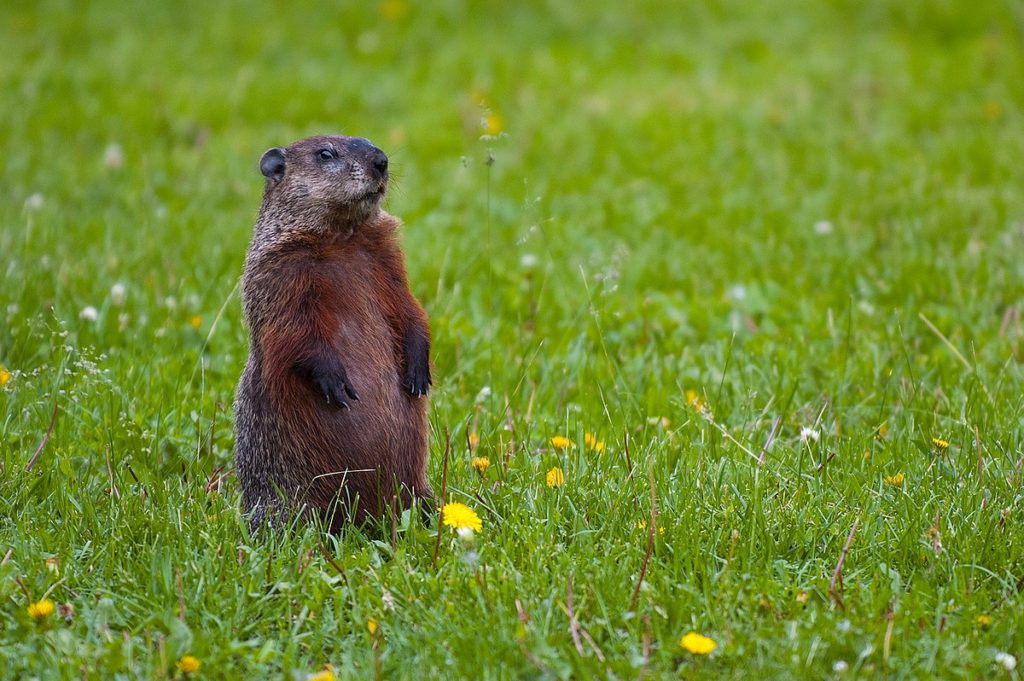
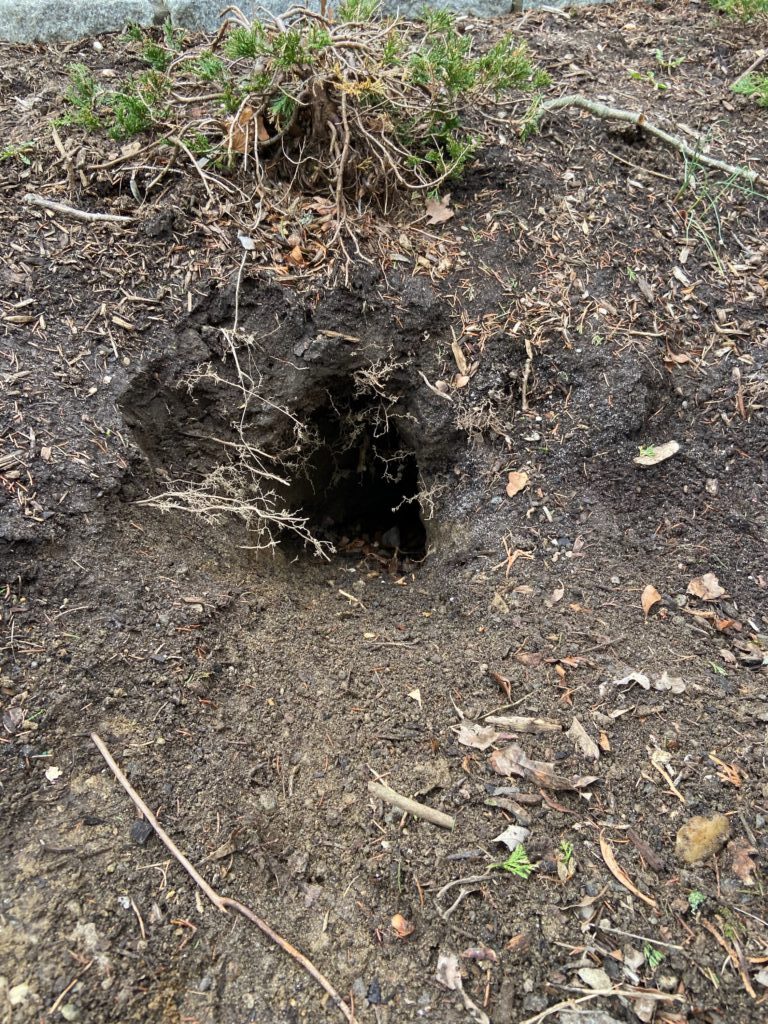
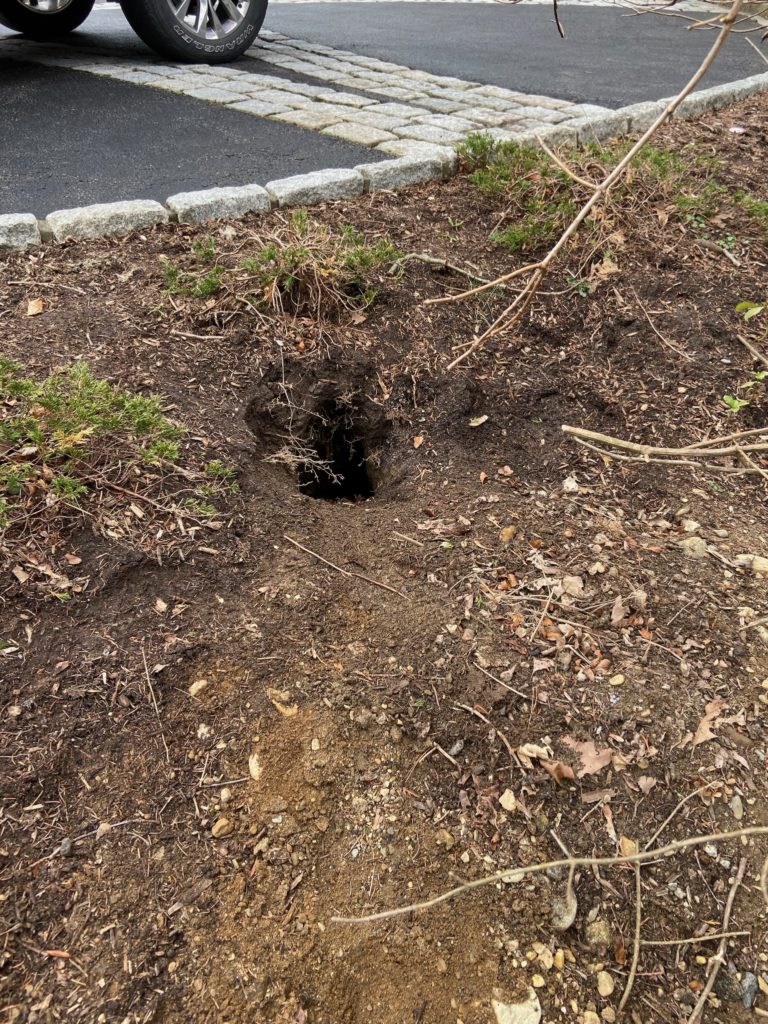
Finally got a peak of who has been digging holes in your lawn? It seems the mid sized rodent is a “groundhog” according to your google search, but your husbands search landed him on “woodchuck.” They look identical. Well, which is it?!
Both are correct. This mid sized rodent is a part of the marmot family and has gone by several names such as “groundhog”, “woodchuck”, “whistle pig” and even “land beaver.”
They have gained popularity in North America as we have trusted them with the projection of a long winter or early spring, depending on if they are willing to come out of hibernation: “Groundhog Day.”
There are 15 species of Marmot according to their region of either North America, Europe or Asia. While I can’t say how many other nicknames they have acquired across the world, you would be safe to refer to them as any of the above listed names when calling Westchester Wildlife LLC.
Squirrel Damage is all too real!
Squirrels are desperate to get into your home this time of year…your home is probably pretty toasty, who can blame them?! However, when damage is done and squirrels are raiding your living room…we have a problem! Trust that Westchester Wildlife can humanely remove the squirrels and seal and repair the damage. Take a look at the before and after of one of our valued customers homes. With over 30 years of experience, we have seen a lot of holes like these!
Repairing the hole is the last step, we want to make sure the squirrels are out first! Trapping an animal inside the home can not only be inhumane but once the animal has deceased they can leave your home smelling..well…less like clean linen!
For more information on how and what we use for Squirrel trapping and removal, you can listen to owner Jim Dreisacker explain our methods, just visit this link: Squirrel Removal

Have Bees Invaded Your Home?
Brent Wallace, son of a homeowner in Spring, Texas, recently discovered the stuff of nightmares in his mother’s home. Fourteen years ago, Wallace noticed a hive of bees in the first story wall of the house and had it removed. Six months later, the bees returned.
That was in 1999. Walter Schumacher of Central Texas Bee Removal states that bee hives can grow at a rate of one-foot to one-and-a-half feet each year. As a result, Wallace’s house now has twenty feet of bee hive in the insulation. The two-story hive is the largest hive that beekeepers of the region have reported.
The beekeepers have removed the first ten feet of hive already and will be returning early next week to explore the rest of the damage on the second floor of the house.
They’re focus, along with Wallace’s, is to save the bees, as populations in central Texas are under attack of an illness called Colony Collapse Disorder. And there are certainly an overwhelming amount of bees to rescue. The estimate currently stands between 200,000 and 500,000, with only 50,000 having been removed thus far.
Honey bees are generally not dangerous, but in these numbers, under stress, a panic could be “pretty nasty,” says Schumacher. Central Texas Bee Removal is in its third year as a non-profit organization that runs under the premise of keeping bees out of harm’s way while also preventing humans being stung. After removal, the bees are relocated to a plot at Texas 59 and I-10.
Avoid Brent Wallace’s issue and take care of a hive before it gets out of control. Contact Westchester Wildlife today and let the professionals help.
Source: http://www.chron.com/neighborhood/springtx/article/At-2-stories-and-500-000-bees-hive-discovered-in-5364152.php#photo-6099777
17 Species of Snake in New York
There are 17 species of snake in New York. And they are all integral parts of their ecosystems. As prey for foxes and hawks and predators for rodents of all sorts, they are an irreplaceable link in New York food chains.
The two most common snakes are garter snakes and water snakes. Garter snakes are very adaptable; they can live comfortably around humans, in marshland, in fields, and in woodlands. Their characteristic feature is three yellow stripes down their backs and they don’t usually get to be more than two feet long. They are non-venomous.
Water snakes can grow up to 42 inches in length and are non-venomous. They are often mistaken for the venomous cottonmouth, which are not found in our state borders. They can be quite aggressive and are found near wetlands and bodies of water.
Milk snakes, which are often found in barns and are tan with reddish splotches, and black rat snakes, which are usually found near rocky cliffs and completely black, are less common and non-venomous. The black rat snake is the largest snake in the state by far, maxing out at a whopping eight feet.
We only have three venomous species of snake in New York and all three are fairly rare. The timber rattlesnake and massasauga both have rattles at the end of their tails. Both are considered “chunky” snakes, though the timber rattler can get up to six feet in length, while the massasauga can’t exceed three feet. Copperheads can be distinguished by their copper-red faces and distinct bands that run the full length of their bodies.
It is always a good idea to be aware of the snake types in your region. However, if you believe that you may have a snake problem in your residence, call Westchester Wildlife for a consultation.
Got Bats? Give us a call at 800-273-6673
Oh yes– it’s bat season! Those things you seeing flying around your house at dusk are not birds– they’re bats!
If you see a bat in your house, DO NOT TOUCH IT! If you can, trap it in one room and give us a call.

Bats can form colonies in your attic, in the eaves of your porch, or really, anywhere in your home. Don’t mess around with bats. They can carry rabies!
 When Are Coyotes Most Active and Aggressive?
When Are Coyotes Most Active and Aggressive?












